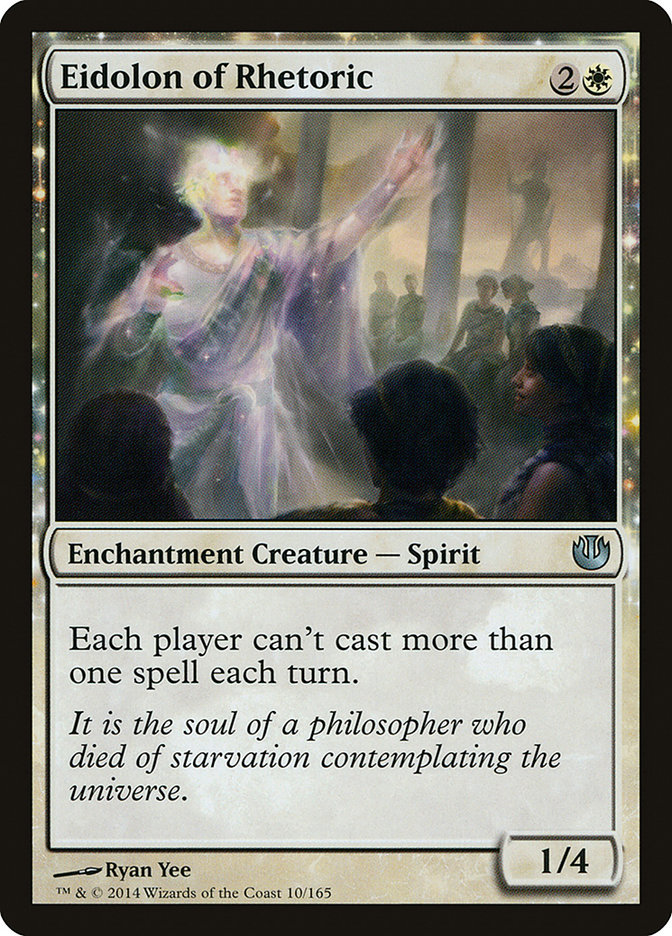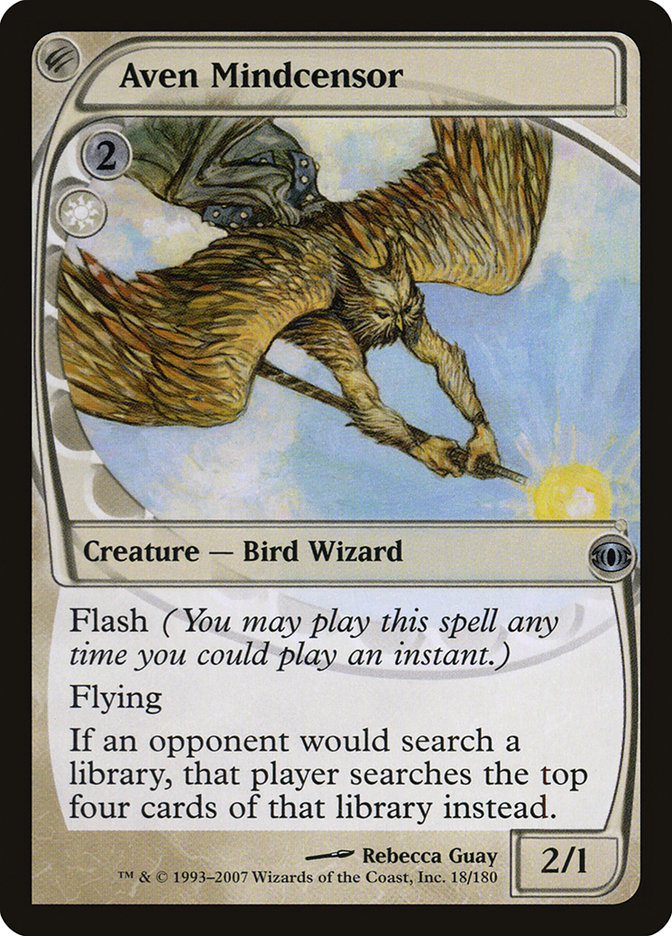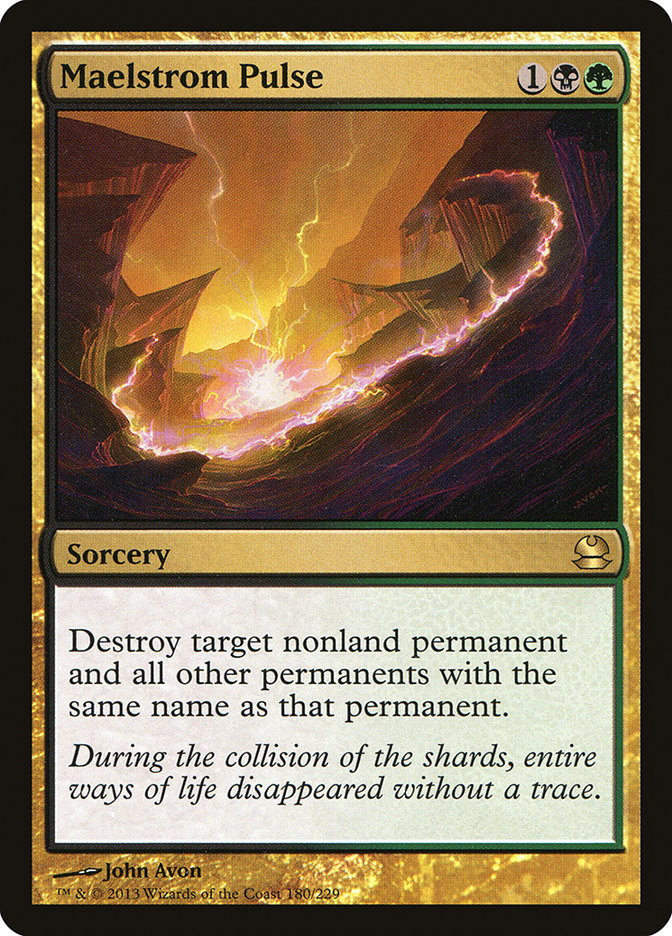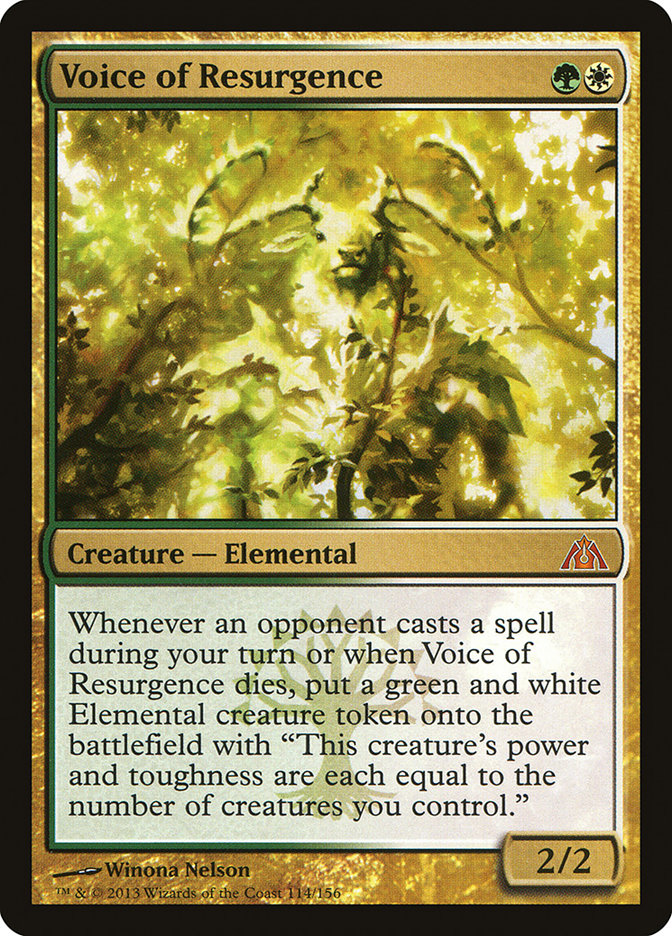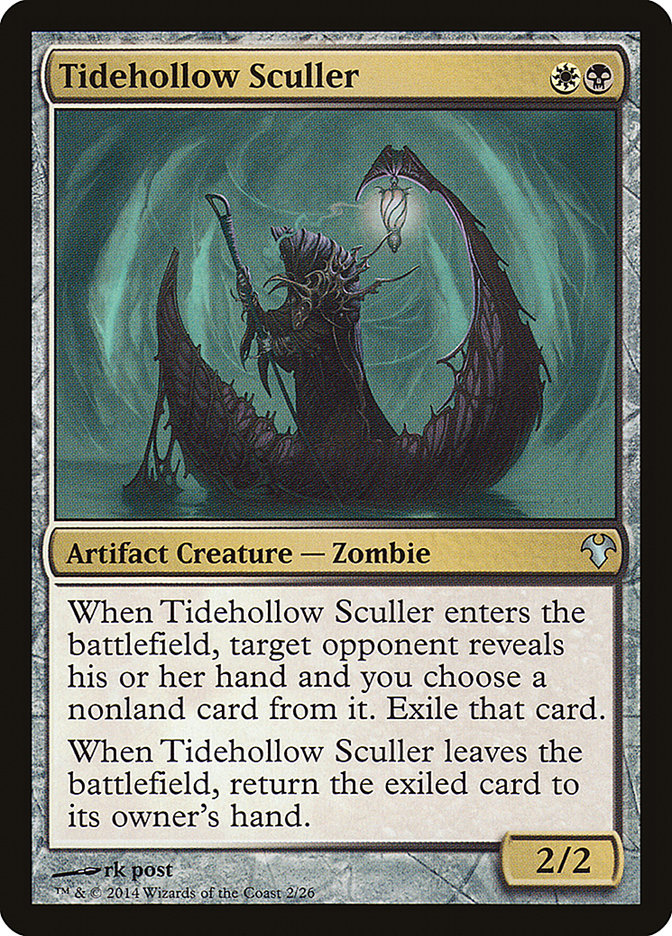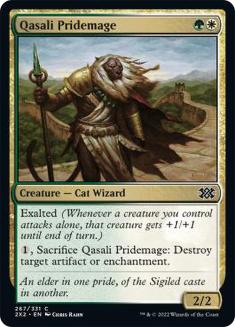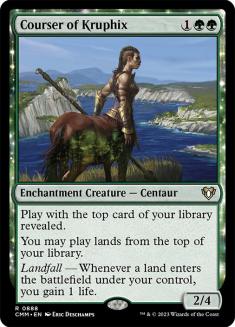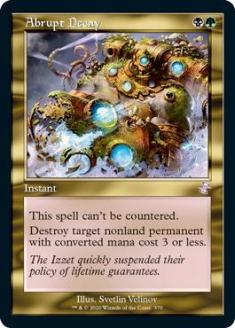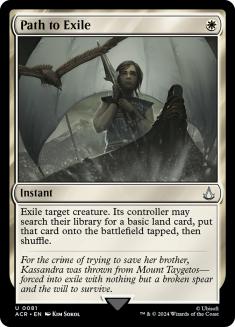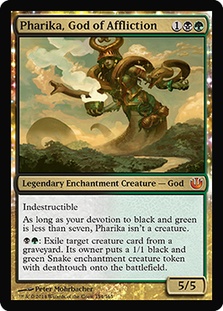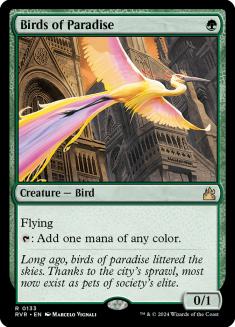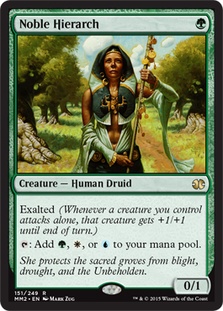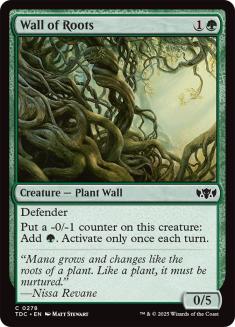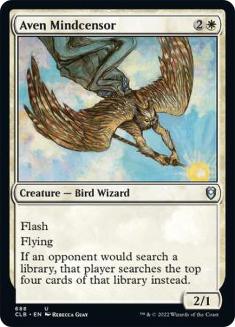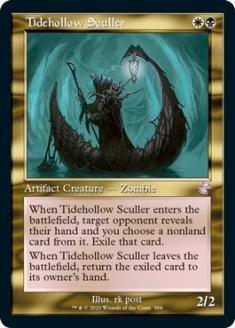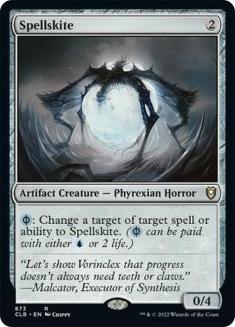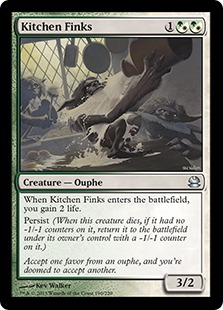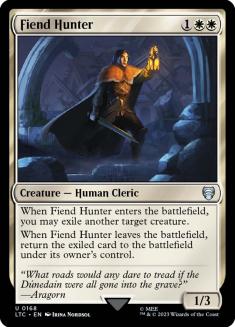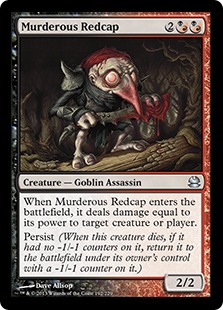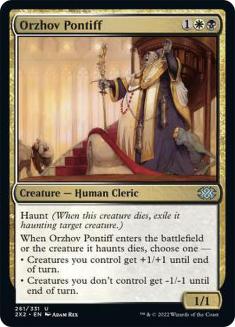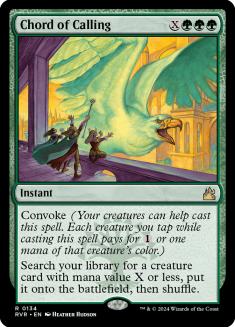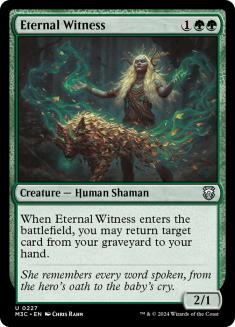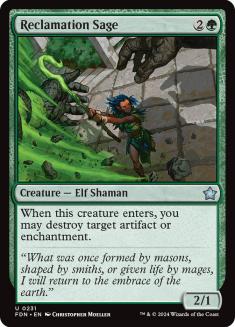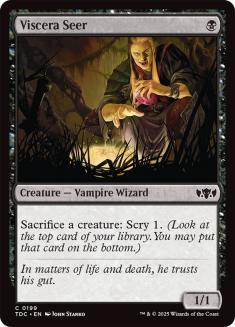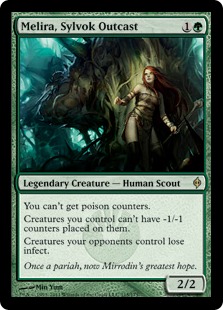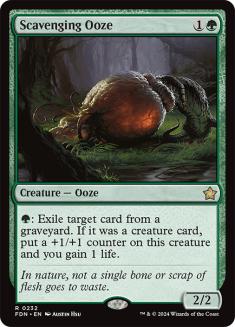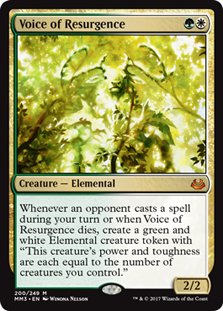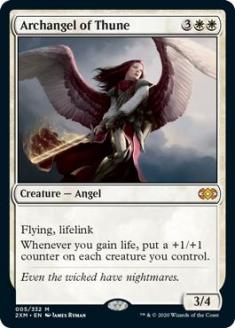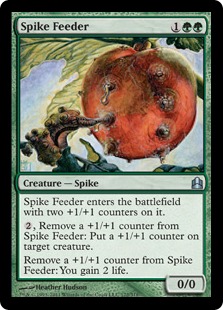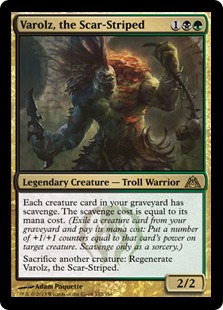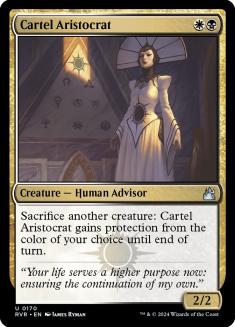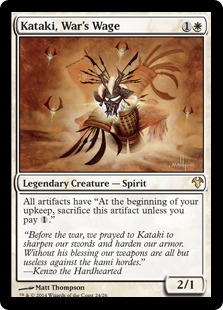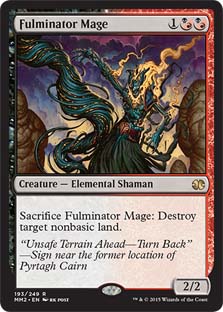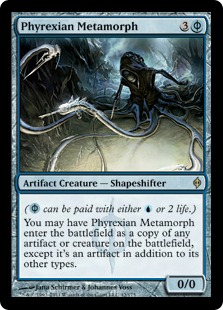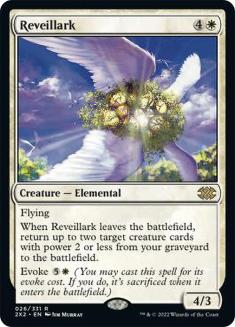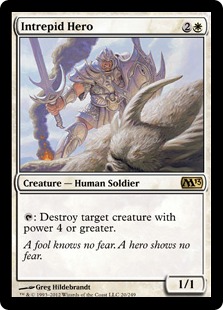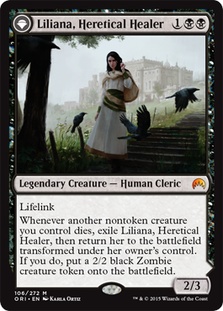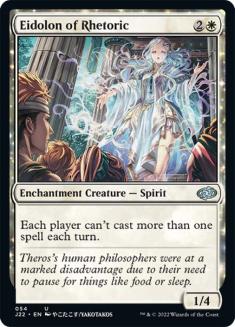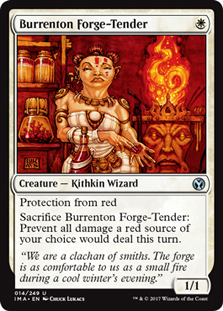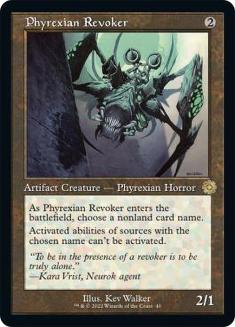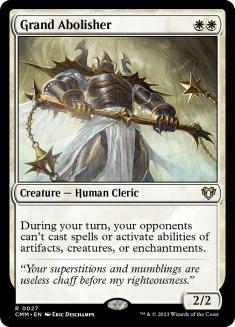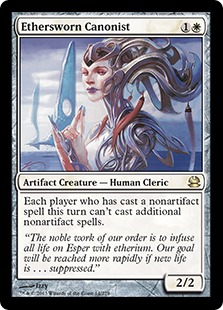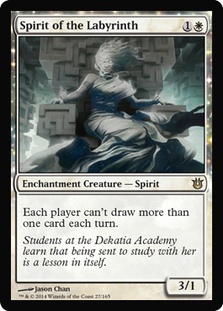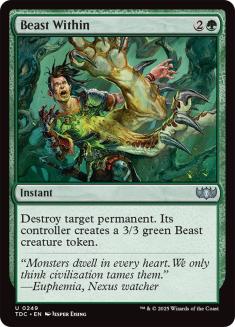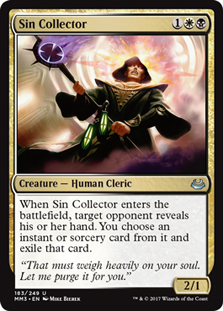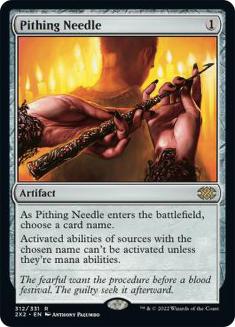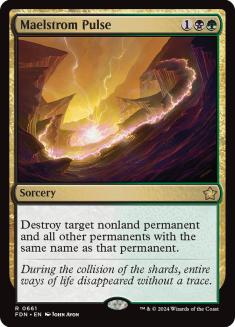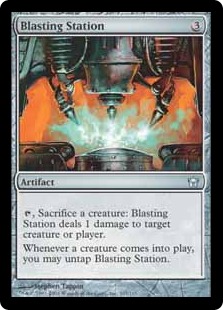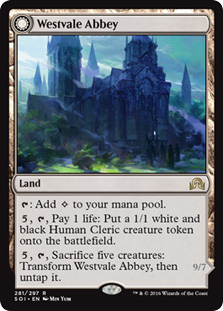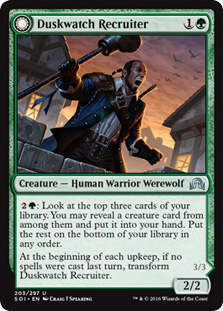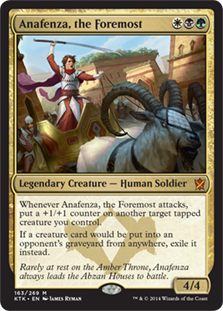I’ve been in love with Abzan Company since I first picked up the deck back in April of last year. The initial list ran Knight of the Reliquary, deciding not to focus fully on the combo, but it didn’t take long to realize those were out of place. After a month of testing, I was ready for my first major tournament, the 2015 Columbus Invitational. Not much has changed from the initial list I used to go 7-1 in the Modern portion. Incredibly, I’ve only changed the main deck by two cards in the past year! Since then, I’ve gotten enough questions about why I run card X or how I sideboard in matchup Y that I’ve decided to write up an Abzan Company primer to address some of the more common questions that I’ve received.
For reference, here is the latest list I used to Top 32 the Modern Open in Milwaukee:
Creatures (29)
- 4 Birds of Paradise
- 4 Eternal Witness
- 2 Wall of Roots
- 1 Orzhov Pontiff
- 4 Kitchen Finks
- 1 Murderous Redcap
- 3 Noble Hierarch
- 3 Viscera Seer
- 1 Spellskite
- 2 Melira, Sylvok Outcast
- 1 Scavenging Ooze
- 1 Fiend Hunter
- 2 Anafenza, Kin-Tree Spirit
Lands (23)
Spells (8)

The only maindeck cards I consider cuttable are Scavenging Ooze, Orzhov Pontiff, and Spellskite. I once believed Spellskite was uncuttable, but I believe that particular thought is simply a holdover from the Splinter Twin days. I ran three copies of Spellskite during Twin’s reign in Modern, but since Twin’s banning, I’ve cut two from the maindeck in order to run copies of Orzhov Pontiff and Scavenging Ooze. Now, none of those three help facilitate the combo, so I’ve considering removing them to focus even more on the combo. Some of the possible changes I’m considering include additional copies of Noble Hierarch, Wall of Roots, and Viscera Seer.
As for the sideboard, I would consider replacing Eidolon of Rhetoric and Aven Mindcensor with cards that have a wider array of applications, similar to Courser of Kruphix. I’ve only tried Courser of Kruphix once, at the Columbus Invitational a few weeks back, but it’s a card I’ve had on my list of potential playables for some time. While not overly powerful, she gets sideboarded in often, as she fits the post-sideboard plan of grinding out your opponent.
I decided to remove her from my list in Milwaukee, but I believe that was a mistake, as I missed her throughout the weekend. Additionally, she happens to have utility in the matchups where you remove your mana accelerants, thus providing a way to still generate mana advantage while not becoming susceptible to sweepers.
The other sideboard consideration is changing Abrupt Decay to Maelstrom Pulse. Both have their pros and cons. While Abrupt Decay is cheaper, uncounterable, and an instant, Maelstrom Pulse helps in answering some of the newer threats Abzan Company has had to deal with, like Nahiri, the Harbinger and Kalitas, Traitor of Ghet. Maelstrom Pulse also has the added benefit of dealing with otherwise troublesome permanents such as Leyline of the Void and Night of Souls’ Betrayal.
Recently, I’ve decided to remove Voice of Resurgence from my sideboard in favor of Tidehollow Sculler. There are a few important reasons for this change.
First, Voice of Resurgence was much better against Splinter Twin than Tidehollow Sculler. Tidehollow would rarely live, and if it did, it could never attack due to a potential Snapcaster Mage or Pestermite. Second, the amount of play Kolaghan’s Command receives has had a steady drop. When Kolaghan’s Command was first printed, decks like Grixis Twin, Grixis Control, Grixis Delver, and Jund all played multiple copies. Now, not only do some of those decks not exist, but the ones that do have cut back on the amount of Kolaghan’s Command they play. Finally, I’m not looking to gain additional percentage points in the matchups where I’m already favored, and Tidehollow Sculler is simply better against the decks that I consider to have a favorable Abzan Company matchup (Storm, Ad Nauseam, Grishoalbrand, Tron, and Lantern).
If you do decide to play Voice of Resurgence, I would highly recommend not playing them maindeck. Abzan Company is primarily a combo deck. Few decks in modern have ways to interact with the graveyard in Game 1. The priority in those games is the combo. By playing maindeck Voice of Resurgence, you are not only diluting your deck but decreasing your chance of comboing.
The two copies of Voice of Resurgence I’ve seen others maindeck make little sense to me. They’ll have 56-58 cards toward the combo and then two Voice of Resurgence. I understand that the opportunity to attack your opponent down to zero occurs frequently, but very rarely does this happen without the help of Gavony Township. At that point, any creature would do, so why not a fourth Noble Hierarch or the fourth Viscera Seer?
This is the list I’d take to #GPCharlotte:
Creatures (29)
- 4 Birds of Paradise
- 4 Eternal Witness
- 2 Wall of Roots
- 1 Orzhov Pontiff
- 4 Kitchen Finks
- 1 Murderous Redcap
- 3 Noble Hierarch
- 3 Viscera Seer
- 1 Spellskite
- 2 Melira, Sylvok Outcast
- 1 Scavenging Ooze
- 1 Fiend Hunter
- 2 Anafenza, Kin-Tree Spirit
Lands (23)
Spells (8)

Sideboarding Guide
As a general rule, I’m not one for strict sideboarding guides, but below are some sample guidelines using the following list:
Jund
In:
Out:
Jund will often have enough disruption post-sideboard to keep you from assembling the combo. As a result, you transform into a pseudo-Abzan Midrange deck. While the mana creatures are good against Liliana of the Veil, in my experience, they often sideboard them out for that very reason. Instead, Jund tends to bring in sweepers such as Damnation and Anger of the Gods, the type of cards that prey on mana accelerants like Birds of Paradise and Noble Hierarch. By using this sideboard plan, you inadvertently counteract their typical sideboard strategy.
Problem cards to watch out for include Night of Souls’ Betrayal, Leyline of the Void, Scavenging Ooze, and Kalitas, Traitor of Ghet.
The Mirror
In:
Out:
Post-sideboard you want as much interaction as possible. Every card matters, and for that reason, I sideboard out the mana accelerants to ensure that each draw step has an increased likelihood of being relevant. With as much interaction as both players have post-sideboard, the ability for either player to combo is greatly diminished.
Abzan
In:
Out:
With Abzan being so similar to Jund, you’ll want the same sideboard plan. Grind them out the same way you would against Jund. Use Eternal Witness and Collected Company to constantly generate card advantage while threatening the combo. If possible, try playing around Damnation and don’t be caught off-guard by Zealous Persecution.
Burn
In:
Out:
Burn has historically been an incredibly good matchup for Abzan Company. I’ve been sideboarding in all of my removal, as one of their few routes to victory involve a fast creature rush or an unanswered Eidolon of the Great Revel. Their best cards against you happen to be creatures (Eidolon, Grim Lavamancer), making it very rare for you to be losing and also have removal stuck in your hand with no target.
Finally, while it may seem odd to remove Spellskite against a burn deck, most of their burn doesn’t target, and redirecting any burn that does will often cost you two life.
Zoo
In:
Out:
The same sideboard plan you have against Burn with one key difference. Zoo’s gameplan focuses on creatures much more than Burn; as such, Spellskite becomes more attractive in the matchup as an effective blocker.
Thopter/Sword Decks
In:
Out:
I’m operating under the assumption that most people playing this deck will be on a list similar to what Gerry Thompson played back at the Columbus Invitational. I believe this is how I sideboarded in our match, and I was happy with this plan at the time, so I’m likely to stick to this plan in the future.
They have multiple sweepers and they’re likely to slip Elesh Norn, Grand Cenobite onto the battlefield at some point. For this reason, you’ll want to sideboard out your mana accelerants and transform into a Abzan Midrange deck.
Affinity
In:
Out:
This is one of those matchups where the majority of your wins will come from the combo alone. With this in mind, Scavenging Ooze becomes less appealing. Fiend Hunter often lacks a worthy target to remove, as the strength of Affinity comes largely from Cranial Plating. Removing any one individual creature will often do very little. I trim down on Eternal Witness and Chord of Calling due to the speed of the matchup. Even though you want to draw some copies of each, you want to avoid having your hand clogged with multiples. Always be mindful of Whipflare.
Lantern Control
In:
Out:
Barring an incredible amount of luck, you’ll often lose Game 1 of this matchup. Thankfully, you stand a fighting chance post-sideboard with the amount of interaction you get to bring in. An interesting thing to note about Scavenging Ooze is its ability to “counter” an opposing Surgical Extraction. When you go for the combo and sacrifice your Kitchen Finks, the Lantern player will often be ready with a Surgical Extraction. With Scavenging Ooze on the battlefield, you can remove your own Kitchen Finks from your graveyard with the persist trigger on the stack, saving the remaining copies of Kitchen Finks in your deck.
Grishoalbrand
In:
Out:
As much as I would like to remove Murderous Redcap (it has no practical target outside of a potential Jace, Vryn’s Prodigy), they’re unlikely to concede to infinite life due to Emrakul, the Aeons Torn. Ideally, Tidehollow Sculler will offer enough disruption for you to assemble your combo before they can assemble theirs.
Merfolk
In:
Out:
Between Cursecatcher, Dispel, Negate, and Spell Pierce, it’s rather hard to successfully resolve a Chord of Calling. Although it’s one of your more powerful spells, the investment cost of Chord is steep and unfortunately too risky against such an aggressive deck. Qasali Pridemage has a surprising amount of utility in the matchup. Not only is it able to answer the artifact-based graveyard hate, such as Grafdigger’s Cage and Relic of Progenitus, but it can also free your lands from Spreading Seas and deprive your opponent’s lords of islandwalk. You can also destroy Aether Vial to slow your opponent down.
Tron
In:
Out:
The worst matchup. There seemed to be a decline in Tron pilots as of late, but if the Day 2 metagame from #SCGINDY is any indicator, Tron appears to be back. The current plan, which is admittedly feeble, is to disrupt them enough with Tidehollow Sculler that they are unable to cast any relevant spells. You’ll often be living on the edge of your seat, hoping they are unable to draw Pyroclasm or Oblivion Stone in the turns spent trying to set up the combo. There are so many decks in Modern that no one deck can reasonably expect to beat them all; otherwise, everyone would just play that deck. If you play Abzan Company, you have to go in knowing you have an unfavorable Tron matchup.
In:
Out:
Scapeshift is one of the few combo decks that will concede to infinite life. This fact alone makes the matchup much easier. Sideboarding is rather straightforward, as all five of your singletons have little utility in this matchup.
Infect
In:
Out:
Kitchen Finks is at its worst in this matchup. Infinite life is close to meaningless, and infect damage prevents Kitchen Finks from persisting back to the battlefield. This matchup comes down to the Melira, Sylvok Outcast. As long as Melira is on the battlefield, it becomes incredibly difficult to lose. Rarely will it be correct to attack with Melira. Even if they have no creatures on the battlefield, they could always have a Carrion Call!
Jeskai Control
In:
Out:
Traditionally I’ve never had a problem in this matchup, but Nahiri, the Harbinger has changed that dramatically. Before Nahiri, I could play for the late-game and grind the opponent out with card advantage, but now that plan is less effective. The primary reason I’m considering switching Abrupt Decay for Maelstrom Pulse is Nahiri, the Harbinger.
#GPCharlotte This Weekend
While this certainly doesn’t cover everything, it’s a good enough guideline to get an idea of what you should be doing in each matchup. Also, as you may have noticed, I tend to board in Qasali Pridemage against the majority of decks. Any deck can potentially play Relic of Progenitus, Grafdigger’s Cage, or Leyline of the Void. The games where you have one less useful card are far outweighed by the games you’d otherwise lose because you have no way to tutor for artifact or enchantment hate.
Finally, here’s a list of cards that I believe have potential. When playing a toolbox deck such as Abzan Company, a single card has the potential to change an entire matchup. Whenever I come across a card I like, I add it to the list. This is what I have so far:
I wouldn’t fault anyone for trying out any of these options. They all have the potential to be good under the right circumstances.
That’s all I have for now. I’ll try to answer any questions you may still have in the comments below. I’ll be testing a few of the ideas I have throughout the week, so for those of you attending either #GPCharlotte or #GPLA, I will be posting my exact 75 in the comment section an hour or two before decklists are collected, so look out for that!


